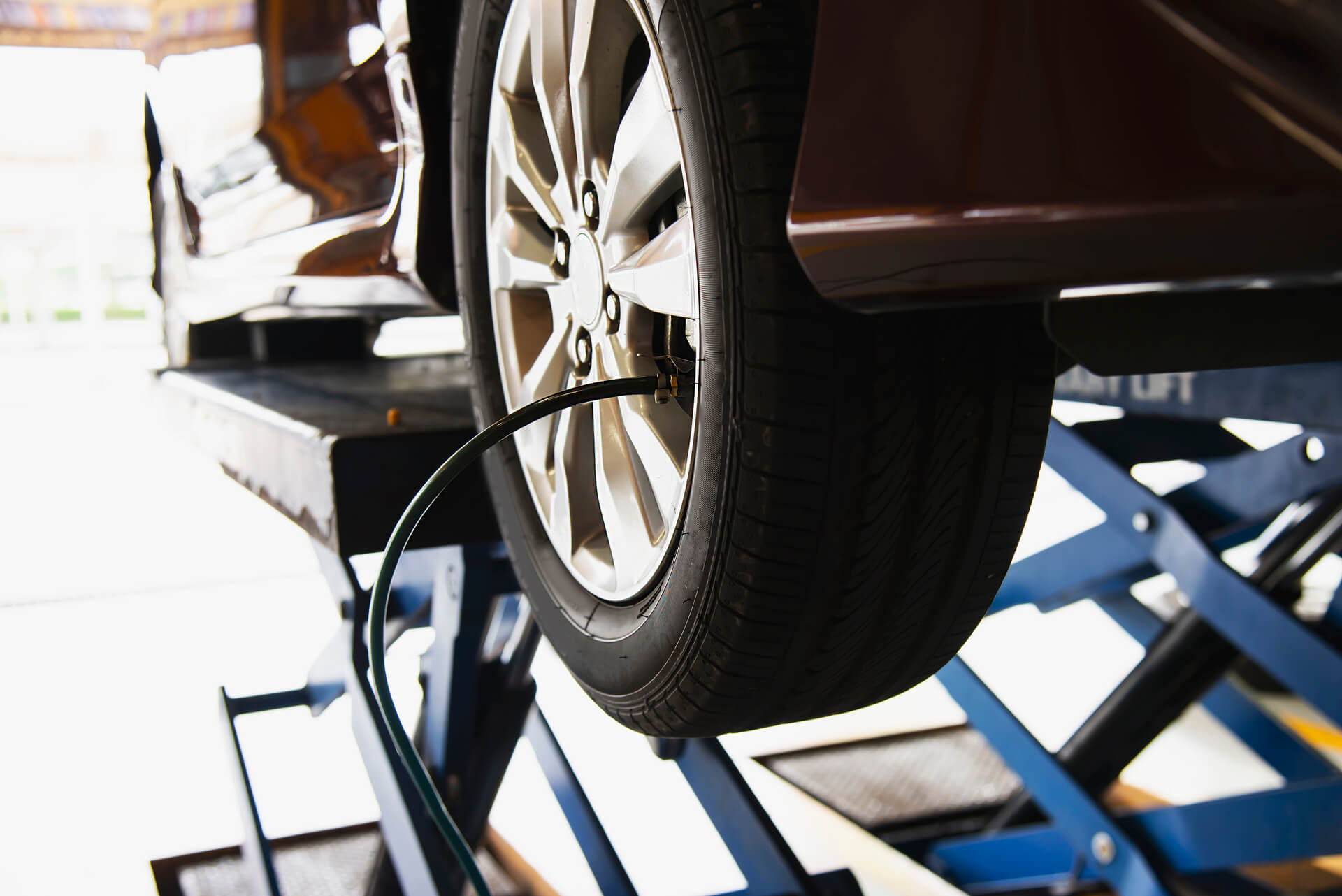
The Hidden Risks of Ignoring Tire Alignment

by Erin Anderson
If your steering wheel is pulling slightly to one side or your tires look a little off, it might not seem like a big deal. After all, your car still drives — so how bad could it be?
But ignoring tire alignment can lead to much more than just uneven tires or an annoying drift. Over time, misalignment can affect your car’s performance, safety, and even your wallet.
Here’s why tire alignment matters more than you might think — and what can happen if you put it off too long.
What Is Tire Alignment, Exactly?
Tire alignment (also called wheel alignment) refers to how your tires are angled and positioned relative to your car and the road. When alignment is off — even just slightly — your tires aren’t making contact with the road the way they’re supposed to.
Alignment can be thrown off by everyday things like:
- Hitting potholes or curbs
- Driving over speed bumps too fast
- Suspension wear and tear
- Minor collisions or fender benders
Alignment issues can develop slowly over time, or they can happen all at once — either way, the effects tend to sneak up on you.
Warning Signs Your Alignment Might Be Off
Most people don’t think about alignment until it becomes obvious, but catching the signs early can save you money and stress.
Look out for:
- 🚗 Your car pulls to one side
- 🛞 Uneven or rapid tire wear
- 🔄 Crooked steering wheel (even when driving straight)
- 🛑 A noticeable decrease in handling or braking performance
- 📢 Squealing tires or unusual road noise
If you’ve noticed one or more of these — especially after hitting a pothole or curb — it’s worth getting your alignment checked.
The Hidden Risks of Ignoring It
Skipping an alignment check might save you time today — but it could cost you a lot more down the line. Here’s why:
- Faster Tire Wear
Misaligned wheels put uneven pressure on your tires, which means certain areas wear down faster than others. That doesn’t just shorten tire life — it can also make your ride less safe, especially in wet or icy conditions. - Worse Fuel Efficiency
Poor alignment increases rolling resistance, which makes your engine work harder to keep the car moving. That can lead to decreased gas mileage — sometimes by several miles per gallon. - Handling and Braking Problems
A misaligned car doesn’t respond as precisely when you steer, brake, or swerve. That can make your vehicle harder to control in emergency situations — especially at high speeds or during bad weather. - More Strain on Suspension
When alignment is off, other parts of your vehicle (like your shocks, struts, and ball joints) have to compensate. Over time, that extra stress can lead to suspension damage — and much more expensive repairs. - Safety Risks
Ultimately, poor alignment can impact your ability to drive safely. If your car isn’t stable or predictable when turning, stopping, or reacting to road hazards, you're at a higher risk of accidents.
How Often Should You Get an Alignment?
There’s no one-size-fits-all answer, but a good rule of thumb is:
- Every 6,000–10,000 miles, or
- At least once a year, or
- Any time you get new tires, suspension work, or notice a change in driving behavior
Also: always get your alignment checked after hitting a major pothole, curb, or being involved in even a minor accident.
The Bottom Line
Tire alignment isn’t just a “nice-to-have” — it’s a key part of your car’s overall health and safety. Ignoring it can lead to premature tire wear, higher fuel costs, steering issues, and even dangerous driving conditions.
The good news? An alignment check is usually quick, affordable, and easy to schedule — and it can help prevent bigger, more expensive problems down the road.
👉 Not sure when your last alignment was? Next time you’re in for a tire rotation or oil change, ask your mechanic to take a quick look. A small fix now can save you from a major repair later.